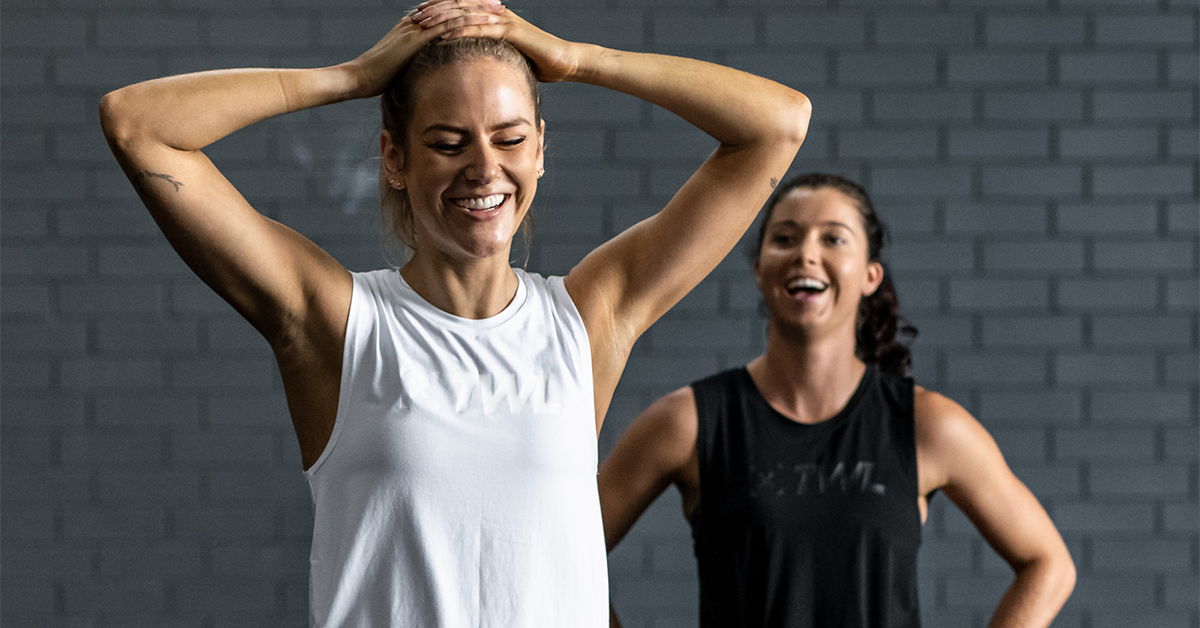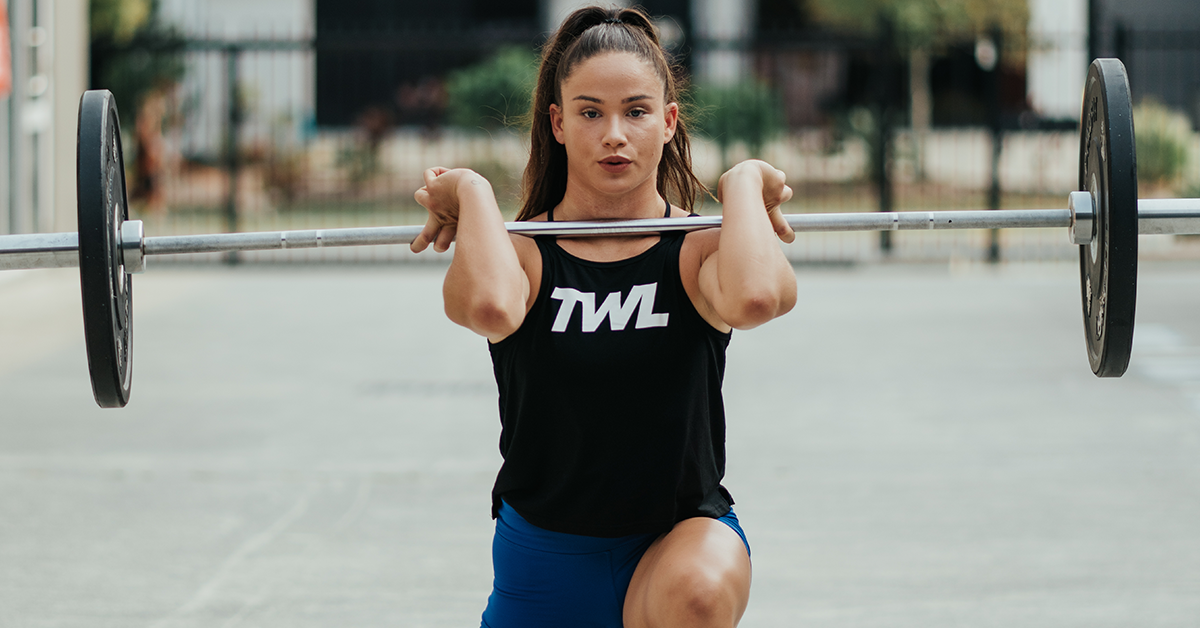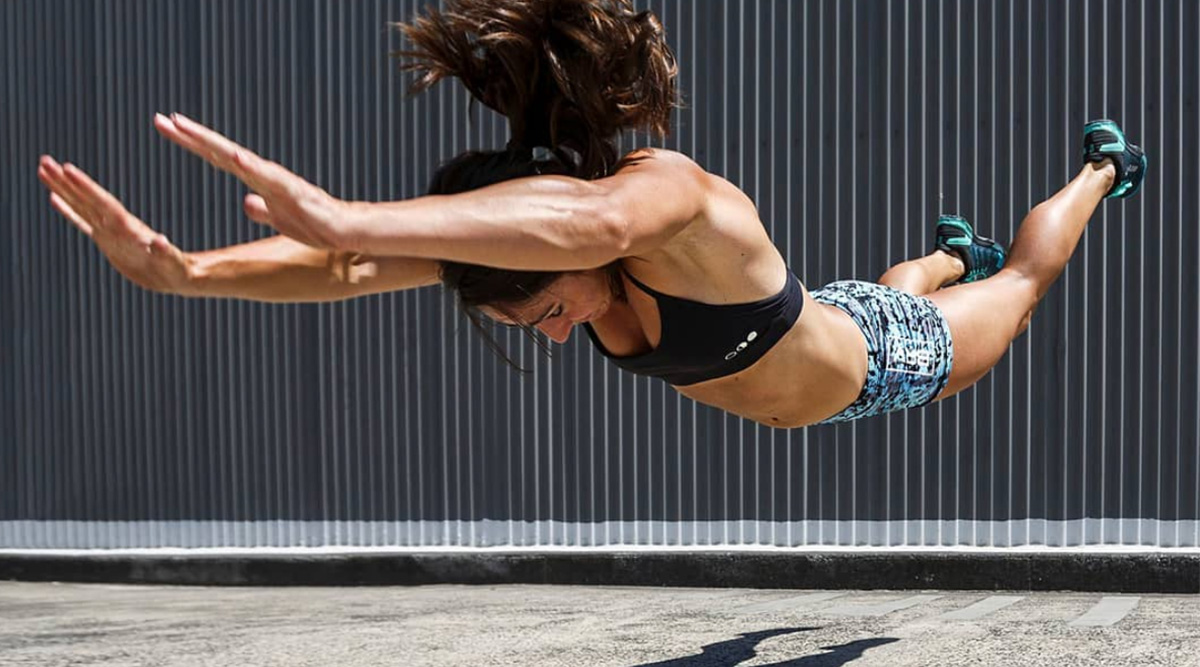If you’re looking to build insane upper-body strength, you can’t go wrong with dumbbell pullovers. This is a simple but powerful exercise that requires only a set of dumbbells and a bench — although you can even do it without a bench (more on that in a minute). Let’s dive right in and talk about how to do dumbbell pullovers, a few variations, and what the benefits are.
How to Do Dumbbell Pullovers
Sit down on a bench with your feet firmly planted slightly wider than the bench itself. Hold a single dumbbell with both hands. We recommend you start with something light so that you can first get comfortable with the movement.
Note: You can also use one dumbbell in each hand.
Lay down so that your head, neck, and back are on the bench.
Extend your arms straight up toward the ceiling, so that they form a 90-degree angle with your torso. You want your palms to be facing each other.
Keeping your arms (mostly) straight, lower the dumbell(s) down and back. You should end with the weight in line with your head. Pause there for a second before returning to the starting position. Here’s what it should look like:
Important Notes
Speed isn’t the goal here. Form and control are. You should take anywhere from approximately two to four seconds to completely lower the dumbbell. Pause at the bottom position for a second or two before returning it overhead.
Some athletes will lower the dumbbell slightly below head level. This is an option, but we highly recommend you start with it at head level until you’re comfortable with holding the weight through this range of motion.
Finally, breathing matters! Before lowering the dumbbell, take a deep breath and brace your core. Some people opt to hold their breath throughout the entire rep, letting it go and inhaling again only in between reps. Others will hold their breath on the way down and exhale on the way up. Try both and see what feels more comfortable for you.
Shop Now
Dumbbell Pullover Variations
No bench? No problem! You can do a dumbbell pullover without a bench. If you have an exercise ball, you can swap that in. Otherwise, simply do the exercise on the floor, keeping your feet planted but your legs bent. Keep in mind that your range of motion will be slightly shorter since the dumbbell is going to run into the floor.
You could also opt for a standing dumbbell pullover. In this case, the rep starts with the dumbbells down in front of you. Raise them overhead and pause, before lowering them back down. Here’s an example:
What Muscles Does the Dumbbell Pullover Work?
Now that you know how to do dumbbell pullovers, let’s explore one more question: How effective is the dumbbell pullover?
This is a great all-around accessory exercise for targeting your chest and back. More specifically, the dumbbell pullover targets the serratus anterior muscle, pectorals, triceps, and latissimus dorsi.
Strength-building isn’t all it offers, though. Since the dumbbell pullover requires you to brace your core and glutes as you lower it, it’s excellent for improving your overall stability.
And, we can’t forget to mention that this is the perfect exercise to improve your shoulder mobility since it addresses some of the muscles most commonly responsible for a lack of mobility.
Ready to get started? Shop our selection of dumbbells today.

















